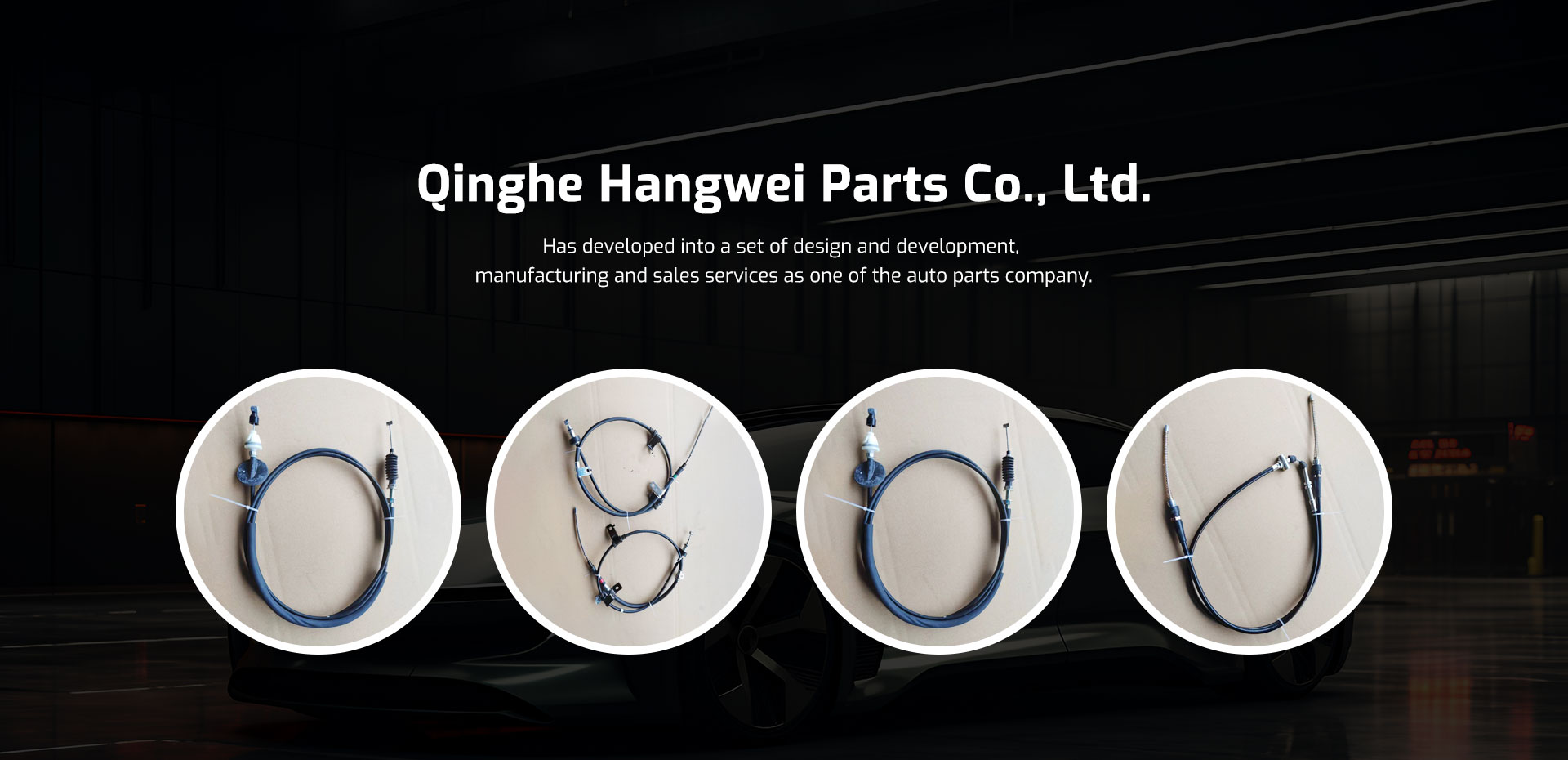throttle and clutch
Understanding Throttle and Clutch The Heart of Manual Driving
Driving a manual transmission vehicle offers a connection to the machine that's often lost in modern automatic cars. Central to this driving experience are the throttle and clutch, two components that play critical roles in the operation of the vehicle. Understanding their functions and how they interact can enhance driving skills and provide insight into vehicle dynamics.
The Throttle Controlling Power
The throttle is essentially the gateway to power in an internal combustion engine. It regulates the airflow into the engine, which impacts how much power is produced. When a driver presses the accelerator pedal (the throttle), they increase the amount of air and fuel mixture entering the engine. As more fuel is combusted, the engine produces more power and, consequently, the vehicle gains speed.
However, the throttle's role is not just about making a car go faster. It's also about control. Drivers must modulate the throttle to maintain smooth acceleration, especially in varying driving conditions. For example, during a gentle ascent, too much throttle could cause wheel spin, while too little could lead to stalling. Skilled drivers learn to feel the vehicle’s response to throttle inputs, adjusting their pressure on the pedal to achieve the desired acceleration without losing traction.
The Clutch Engaging and Disengaging
The clutch, on the other hand, serves a different purpose. Its primary function is to connect and disconnect the engine from the transmission, allowing the driver to change gears. When the clutch pedal is depressed, it disengages the engine from the wheels, enabling the driver to shift gears without grinding the transmission. Releasing the clutch re-engages the engine, transferring power to the wheels.
Proper clutch operation is crucial for smooth gear changes and overall driving comfort. When a driver operates the clutch, they must find the right bite point, where the clutch begins to engage. If they release the clutch too quickly without giving the throttle enough gas, the car may stall. Conversely, if they give too much throttle while engaging the clutch, it can lead to jerky movements or excessive wear on the clutch components.
The Dance Between Throttle and Clutch
throttle and clutch

The effective interplay between throttle and clutch is what makes driving a manual transmission so engaging. As a driver shifts through gears, they must concurrently manage both components. At lower speeds, especially in stop-and-go traffic, this can be challenging. A common technique is to use a practice called rev matching, where the driver blips the throttle to raise the engine RPMs before engaging a lower gear, ensuring a smooth transition without jolts.
On inclines, the coordination of throttle and clutch becomes even more critical. This is where hill starts come into play. A driver must use the throttle to provide enough power while gradually releasing the clutch to prevent the vehicle from rolling backward. Mastering this technique can be a key factor in gaining confidence when driving a manual transmission.
Practical Tips for Mastering Throttle and Clutch
1. Practice Smooth Transitions When you’re learning, focus on making gear changes as smooth as possible. Avoid abrupt movements, and try to feel the vehicle’s response to your inputs.
2. Learn to Feel the Bite Point Spend time practicing finding the bite point of the clutch in a safe area, so you develop an instinct for it.
3. Understand Engine RPMs You should become familiar with your vehicle’s optimal RPM range for shifting. This helps in making better decisions about when to shift gears.
4. Stay Calm Under Pressure In challenging scenarios like a hill start or heavy traffic, staying calm will help you better manage the throttle and clutch.
Conclusion
Understanding the interplay between the throttle and clutch is essential for anyone keen on mastering manual driving. These components are not just about speed; they significantly influence the driving experience, requiring a blend of skill, intuition, and practice. As drivers become more attuned to the nuances of their vehicle, they not only become more efficient in their driving but also enjoy a more engaging and satisfying experience on the road.
-
Upgrade Your Control with Premium Throttle CablesNewsAug.08,2025
-
Stay in Control with Premium Hand Brake CablesNewsAug.08,2025
-
Experience Unmatched Performance with Our Clutch HosesNewsAug.08,2025
-
Ensure Safety and Reliability with Premium Handbrake CablesNewsAug.08,2025
-
Enhance Your Vehicle with High-Performance Clutch LinesNewsAug.08,2025
-
Elevate Your Ride with Premium Gear CablesNewsAug.08,2025
